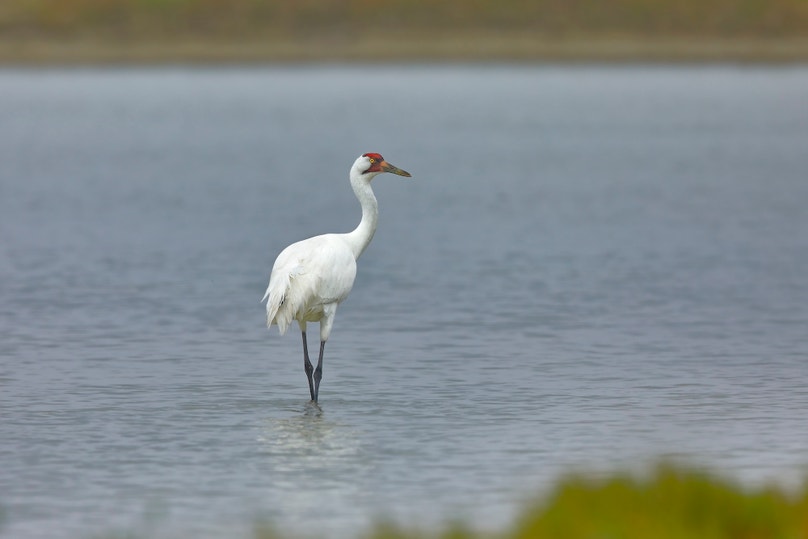
In June, the Supreme Court of the United States issued a decision in on the deference courts must give to federal agencies interpreting and implementing through regulations the laws they administer‚ÄĒa doctrine informally known as ‚ÄúChevron deference.‚ÄĚ This decision will impact how critically-important environmental laws that √ŘŤ÷APP cares about ‚Äď such as the Endangered Species Act, National Environmental Policy Act, Clean Water Act, and Clean Air Act ‚Äď will be implemented moving forward.
What is Chevron deference?
Chevron deference was a result of a unanimous 1984 Supreme Court decision in the case of . Under Chevron, when an agency adopts regulations implementing a statute, if an agency’s interpretation of a statute was challenged in court, the court must answer two questions before the challenge can prevail. First, it must assess whether the United States Congress has spoken directly to the question at issue. If Congress had, the agency’s action must align with the law. However, if Congress had not provided clear guidance on a question, the statute is ambiguous, and the court must assess whether the agency’s action is based on a reasonable interpretation of the law. If the agency had remained within the bounds of what can be reasonably construed to be Congress’s intent in passing the underlying law, the court must defer to the federal agency.
What did the Supreme Court decide?
Under Loper, the Supreme Court held that under the Administrative Procedures Act, courts may not defer to a federal agency‚Äôs interpretation of the law when the statute is ambiguous. The decision held that a court reviewing agency actions must ‚Äúdecide all relevant questions of law.‚ÄĚ Under Loper, judges may be required to determine technical aspects of science or other detailed aspects related to how agencies should implement or enforce laws. Although the agencies‚Äô interpretation will be given ‚Äúthe most respectful consideration,‚ÄĚ the agencies‚Äô interpretation cannot replace the courts‚Äô judgment.
What are the possible impacts to conservation policies important to √ŘŤ÷APP?
In practice, Chevron deference allowed Congress to write laws to protect the environment while allowing Executive Branch agencies to implement the intent of the law using their technical expertise in complicated environmental matters. Under the Chevron doctrine, Congress could choose when to utilize the expertise of agency staff and when to weigh in explicitly. For 40 years, the Chevron deference was foundational to the courts’ upholding regulations protecting the environment. With the deference, it provided enhanced certainty to agencies implementing broad laws passed by Congress.
The implications of the decision are likely to present challenges to conservation efforts supported by agency regulations and cause increased litigation and forum shopping. By removing the deference, we may be unable to take full advantage of the scientific expertise and practical experience of federal agencies. The likely increase in litigation also will slow the successful implementation of laws designed to address √ŘŤ÷APP and biodiversity challenges that protect birds and communities.
To minimize these impacts, Congress should consider providing additional guidance on implementation when passing laws, avoid ambiguity, and enshrine aspects of agency authority where necessary to ensure effective policy implementation.
On the other hand, environmentalists may find ‚Äúwins‚ÄĚ when challenging regulations that are incompatible with our goals, such as anti-environmental regulations. In this instance, Congress‚Äôs passing detailed laws could ensure that sound environmental policies are advanced regardless of any administration‚Äôs position on these issues.
What are the next steps?
Policies informed by science and expertise are urgently needed to ensure that birds and people are protected. North America has lost 3 billion birds in the past 50 years, and √ŘŤ÷APP‚Äôs science shows that two-thirds of North American bird species are at risk of extinction from √ŘŤ÷APP change.
√ŘŤ÷APP will closely monitor how the Supreme Court‚Äôs decision affects important environmental laws in the United States. Our commitment to advancing policy to protect bird habitats and address √ŘŤ÷APP change remains unchanged. We will continue to work in partnership with federal, state, local, and tribal governments to ensure a future where birds and people thrive.

